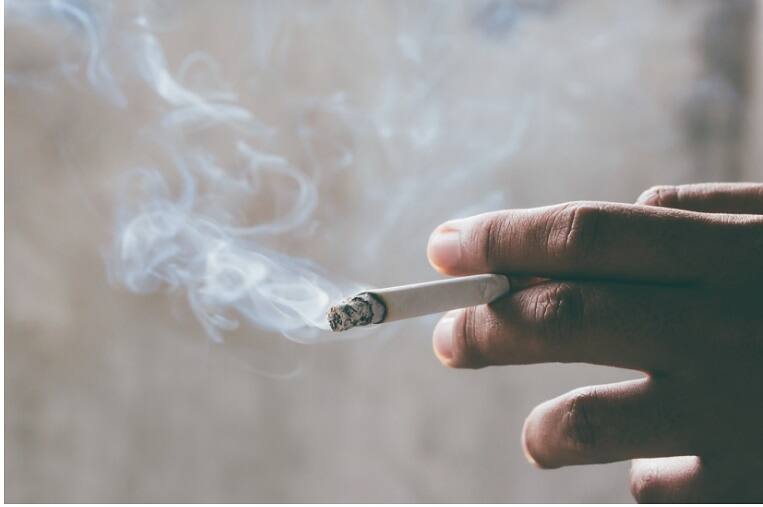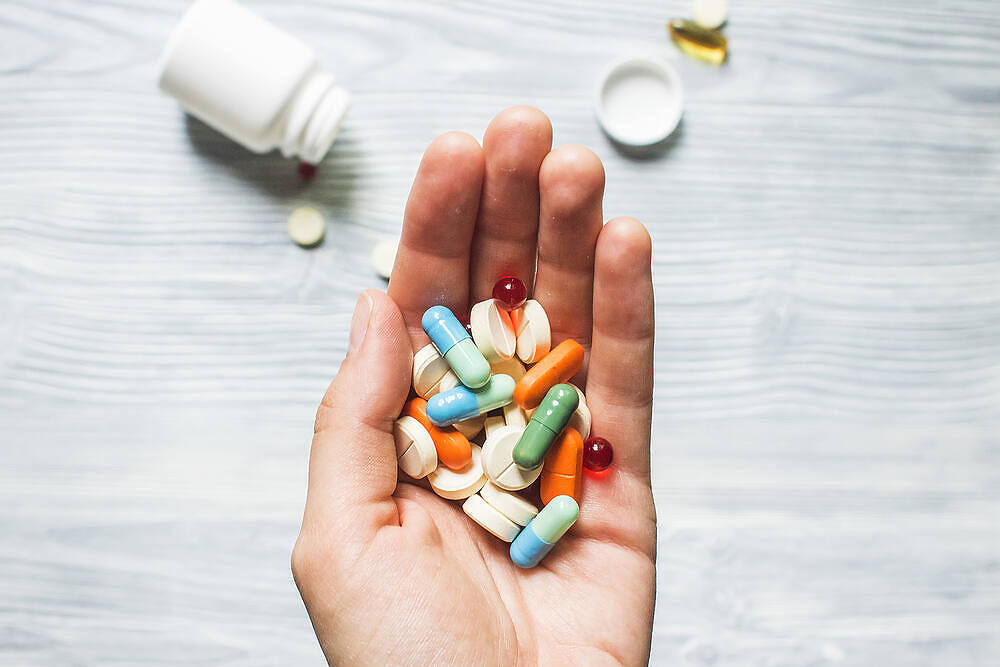While symptoms will vary per person, they will typically display the following throughout their time:
Smoking becomes a way to cope with stress. It used to be that you could see people smoking everywhere. Smoking would regularly be a part of any TV show, movie or seen in government offices. Little by little, it has become almost taboo in society, even though it is still entirely legal. This is because we have learned how addictive and cancerous smoking is. Nicotine, the primary addictive ingredient in cigarettes and cigars, is one of the more cancerous substances on the planet. Nicotine addiction is a real problem and can be treated with counselling.

Cigarettes contain a chemical named nicotine, which is incredibly addictive. As a person smokes, chemical changes often elevate an individual’s mood and thought levels.
The impact of smoking is almost instantaneous. As soon as someone inhales nicotine, the brain is engulfed with the chemical, and the person encounters feelings of satisfaction, decreased stress and reduced anxiety. In opposition, smokers feel uneasy and tense when they go too long without getting nicotine. The brain becomes addicted to nicotine, which makes it difficult to quit.
Addiction symptoms
- They may smoke more than they want to
- They will try to quit but be unable to, or end up relapsing
- If they do stop, they will experience withdrawal symptoms, which may include irritability, depression, dizziness or nausea
- Giving up activities like going out because they would involve non-smoking places or events
- Continued smoking despite the health consequences, like a person with lung cancer who continues to smoke
- Smoking, even though it is causing problems in primary relationships like with a partner or children
While this is not an exhaustive list of all the possible symptoms of addiction, it should be enough to give you an idea of what a nicotine addiction looks like. Some people may not develop all these symptoms, while others may have a naughty couple.
Treatment
Nicotine addiction differs from other addictions as it is not often treated in rehab. This does not mean there is no treatment for it. Nicotine addiction and treatment are well-researched and can be handled individually with some support and help from medical professionals.
One apparent treatment for it is tapering off usage and easing into nicotine sobriety with a nicotine supplement, like a nicotine patch or nicotine gum. This can be used when people feel the need for a cigarette and can be used to cut back and quit slowly. Other medical treatments involve using medications as a temporary aid to help with cravings and the anxiety and depression surrounding withdrawal. These could be antidepressants or anti-anxiety medication.
Support groups can also substantially help people struggling with nicotine addiction. Being around people going through the same thing and feeling heard and validated by them is helpful in the recovery process. Ongoing therapy to cope with some of the symptoms of addiction or to treat any underlying causes is useful in nicotine addiction treatment. Using a combination of support, therapy and medical interventions has given people the best chance of remaining nicotine-free.
Why quit?
Nicotine in cigarettes and cigars is a legal substance readily available, so what is the problem? Cigarette smoking is the leading form of preventable cancer, so these symptoms of addiction should be taken seriously if you see them in yourself or a loved one. Quitting can reduce your risk of death by any one of the multiple diseases that are caused by smoking by as much as 50%.
If you quit, you will experience:
- Reduced risk of death
- Lower chance of emphysema
- Reduced risk of a heart attack
- Lower risk of developing cancer, including lung cancer
- Damage to your lungs stops, and the body can repair some of it
- Lower cholesterol level
- Your blood will thin and be less likely to form dangerous blood clots.
- Hormones will go back up to normal levels again
- Sex drive and sexual functioning will return
- Your senses will sharpen and go back up to pre-smoking levels
- Your muscle mass will increase
- Bone density and strength will increase
- Your skin will clear up.
Finally, you will not be an example to others about how to smoke. Smoking is a learned behaviour, which means people must see it, do it and practice it for it to be routine in our behavioural repertoire; it is not something humans do naturally. If you quit now, you will not have to serve as an example of how to handle stress for another generation, which may include your own family.
Smoking cigarettes and cigars can be one of the deadliest things a person does. The list of chemicals and known carcinogens, cancer-causing materials, in a cigarette, is long, and companies making them have little reason to stop as long as people are addicted to them. Nicotine addiction is a severe and deadly disease but can be controlled with proper support. When a person stops using nicotine, the health benefits are also extended; the body will start healing from the damage done, and the risk of serious problems decreases immensely. Take the time to look into the benefits of a smoking cessation program and reach out for help. Nicotine dependence can be overcome.



